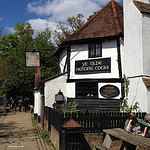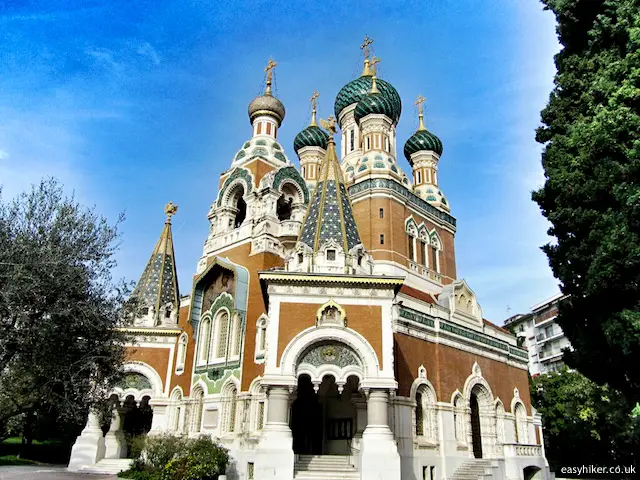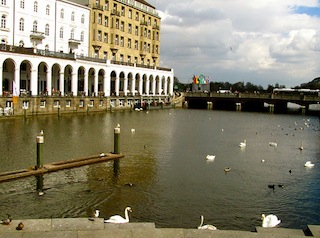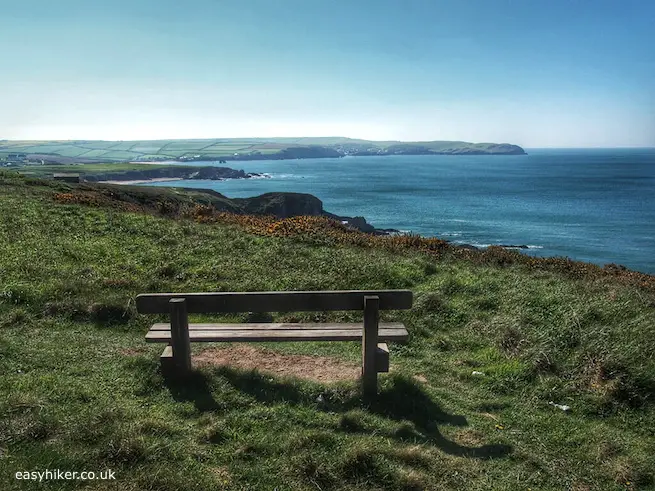I know it may hard to believe for dedicated easy hikers, but thousands of visitors pass through Edinburgh every year without setting foot on either the Water of Leith Walkway or Arthur’s Seat, preferring to spend their days in and around the Old Town and its neighbouring districts.
They surely are missing something, but so would you if you did not dedicate at least a day to an exploration of Edinburgh’s city centre – and to finding out for yourself why Edinburgh is generally regarded as the most beautiful large city in Britain.

The city’s celebrated town centre has three sections: the Old Town around Edinburgh Castle that goes back to the Middle Ages, the New Town that was built at the foot of Castle Rock in the late 18th century, and, next to it, the West End which was conceived as a residential extension of the New Town.
The Grey Wintery Elegance of Edinburgh
Although these quarters reflect the tastes and preferences of different periods from the city’s history, they are essentially variations of a common theme, the wintery elegance of Edinburgh. It feels as if every architect who has ever added something to the city’s urban fabric received the instruction that he could use any colour as long as it’s grey …

… combined with the polite request to make his building, whatever its purpose, as scary as possible.

Of Edinburgh’s three central neighbourhoods, the Old Town is the one that is most crowded by visitors – who, of course, flock there for a reason.
The Royal Mile, after all, has provided the main stage for the drama of Scottish history for almost a thousand years: Edinburgh has been the country’s capital since the Middle Ages, and until the 18th century, what is now called the Old Town was simply “the town” – there were the buildings on top of the rock, and there was open countryside.
Once the New Town was added, however, the professional middle classes moved out, and the Old Town declined very rapidly, eventually becoming one of the most destitute urban areas in Europe.
Today, it belongs to the continent’s most beautiful, delighting its many visitors not only with grand architecture but also with dreamy little corners in the backyards and side streets of the Royal Mile.

The Old Town is also the only place where Edinburgh appears ready to play around with different colour schemes, sometimes, as in Victoria Street, …

… a little like a dignified old lady who is experimenting with her granddaughter’s make-up kit.
Mostly, however, Old-Town-Edinburgh opts to stay in character, shunning any hint of gaudiness in favour of matching shades of pastel (like here in Cockburn Street). Restraint and elegance: it is apparently hard for the city to escape its own skin.

One word of warning: sensitive minds may find parts of the Old Town a bit vulgar and touristy. If you want to buy a kilt and overpriced whisky or if you have come to Edinburgh to listen to a busker playing pop tunes on the bag pipes, this is indeed the place to go.
All over the UK, the warning sign that you have entered Theme Park Britain is the presence of red phone booths, never mind an entire herd of them. In this photo alone, you can spot four of those iconic boxes …

… although the one in the foreground has been, rather cheekily, repurposed into something that actually serves a real need.
The New Town was conceived as a deliberate counterpoint to the winding roads and warrens of old Edinburgh. The neighbourhood around Royal Circus and Circus Lane may also feature gentle sweeps of apartment blocks and curvy lanes, but George Street, the main traffic artery of the quarter, runs straight as a die.
Side streets intersect the avenue in regular intervals, and each of these corners is embellished with a monument …

… while George Street itself is lined with some grand statement architecture.

The West End was added in the early 19th century when the demand for fancy new homes in booming Edinburgh had exhausted the capacities of the New Town.
Today, the West End is the city’s most sought-after residential district. It is also the home of many NGOs and an even larger number of consulates whose locations appear to have been chosen with a view to the possible need of upgrading them to full-scale embassies if and when Scotland becomes an independent nation again.
But just like London’s West End, this is also an area where you can find many mid-price and budget hotels. These are mixing with haughty old mansions that have stayed loyal to their original purpose for 200 years, keeping their proud distance to whatever may be going on in the rest of the world at the bottom of their doorways.

One of the most interesting places in Edinburgh is the strip of land where its three central quarters meet: this is the western end of Princes Street at the foot of the Old Town.
Leave the hurly-burly of the city’s busiest shopping district and step down into Princes Street Gardens …

… to encounter a different world and an almost medieval level of silence.
The parish of St Cuthbert has been in existence for at least 1300 years and was, perhaps, even founded by the saint himself in the 7th century. Have a look at the parish churchyard, too, if only for its scenic view of Edinburgh Castle.

Some of Edinburgh’s other iconic sites are lined up alongside the gardens – such as the Scott Memorial, erected in memory of the Victorian novelist, Waverley Station, the world’s only train station that has been named after a novel (one of Scott’s, incidentally), …

… and the Scottish National Gallery which you cannot see on the picture above because the photo was taken from the museum’s viewing platform.
Princes Street Garden is also the place where you can find the least Scottish element of Edinburgh’s urban fabric, the Ross Fountain, …

… which has been named after the local industrialist who purchased the cast iron sculpture to present it as a gift to his hometown.
Ross had fallen in love with the French-manufactured fountain at the Great Exhibition of London in 1862. So yes: Edinburgh can escape its strait-jacket of restraint and mournful elegance – it only needs a little outside help.






